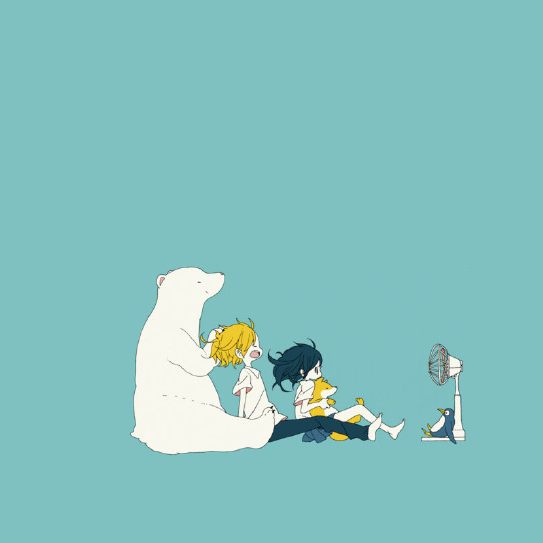
水立方的英文介绍,谢谢。
Located in the Beijing Olympic park, the national aquatics center, also known as "Water Cube", is the main swimming pool built for the 2008 summer Olympic Games and one of the landmark buildings of the 2008 Beijing Olympic Games.
Its design scheme is the "water cube" ([H2O]3) generated by the global design
competition. It and the national stadium (commonly known as the bird's nest) are on both sides of the northern end of the central axis of Beijing, forming a relatively complete image of Beijing as a famous historical and cultural city.
The construction area of the national swimming center is planned to be 62,950 square meters, with a total construction area of 65,000-80,000 square meters.
The construction area of the underground part is not less than 15,000 square meters, and the length, width and height are 177m ×177m ×30m respectively.
译文:
国家游泳中心又称“水立方”(Water Cube)位于北京奥林匹克公园内,是北京为2008年夏季奥运会修建的主游泳馆,也是2008年北京奥运会标志性建筑物之一。
它的设计方案,是经全球设计竞赛产生的“水的立方”([H2O]3)方案。其与国家体育场(俗称鸟巢)分列于北京城市中轴线北端的两侧,共同形成相对完整的北京历史文化名城形象。
国家游泳中心规划建设用地62950平方米,总建筑面积65000-80000平方米,其中地下部分的建筑面积不少于15000平方米,长宽高分别为 177m ×177m ×30m。
扩展资料:
鸟巢(国家体育馆)
体育场由雅克·赫尔佐格、德梅隆、艾未未以及李兴刚等设计,由北京城建集团负责施工。体育场的形态如同孕育生命的“巢”和摇篮,寄托着人类对未来的希望。设计者们对这个场馆没有做任何多余的处理,把结构暴露在外,因而自然形成了建筑的外观。
2003年12月24日开工建设,2008年3月完工,总造价22.67亿元 。作为国家标志性建筑,2008年奥运会主体育场,国家体育场结构特点十分显著。体育场为特级体育建筑,大型体育场馆。主体结构设计使用年限100年,耐火等级为一级,抗震设防烈度8度,地下工程防水等级1级。
2014年4月中国当代十大建筑评审委员会从中国1000多座地标建筑中,综合年代、规模、艺术性和影响力四项指标,初评出二十个建筑。
最终由此产生十大当代建筑。北京鸟巢——国家体育场为初评入围建筑之一 。作为北京2022年冬奥会冰上项目场馆,国家体育场改造工程将于2020年初开工。
参考资料来源:百度百科-水立方
After the Olympics, the building underwent a 200 million Yuan revamp to turn half of its interior into a water park. The building officially re-opened on August 8, 2010.
In July 2003, the Water Cube design was chosen from 10 proposals in an international architectural competition for the aquatic center project.The Water Cube was specially designed and built by a consortium made up of PTW Architects (an Australian architecture firm), Arup international engineering group, CSCEC (China State Construction Engineering Corporation), and CCDI (China Construction Design International) of Shanghai.The Water Cube's design was initiated by a team effort: the Chinese partners felt a square was more symbolic to Chinese culture and its relationship to the Bird's Nest stadium, while the Sydney based partners came up with the idea of covering the 'cube' with bubbles, symbolising water. Contextually the cube symbolises earth whilst the circle (represented by the stadium) represents heaven. Hence symbolically the water cube references Chinese symbolic architecture.
Comprising a steel space frame, it is the largest ETFE clad structure in the world with over 100,000 m² of ETFE pillows that are only 0.2 mm (1/125 of an inch) in total thickness[9]. The ETFE cladding allows more light and heat penetration than traditional glass, resulting in a 30% decrease in energy costs.
The outer wall is based on the Weaire–Phelan structure, a structure devised from the natural formation of bubbles in soap lather. The complex Weaire–Phelan pattern was developed by slicing through bubbles in soap foam, resulting in more irregular, organic patterns than foam bubble structures proposed earlier by the scientist Kelvin.Using the Weaire–Phelan geometry, the Water Cube's exterior cladding is made of 4,000 ETFE bubbles, some as large as 9.14 metres (30.0 ft) across, with seven different sizes for the roof and 15 for the walls.
The structure had a capacity of 17,000[9] during the games that is being reduced to 7,000. It also has a total land surface of 65,000 square meters and will cover a total of 32,000 square metres (7.9 acres). Although called the Water Cube, the aquatic center is really a rectangular box (cuboid)- 178 metres (584 ft) square and 31 metres (102 ft) high.




